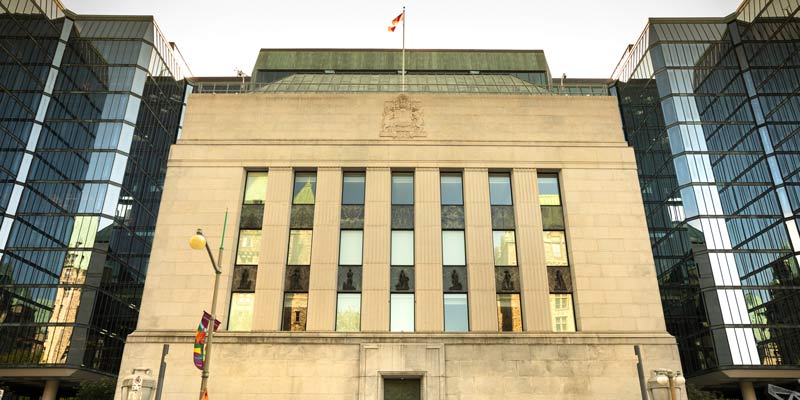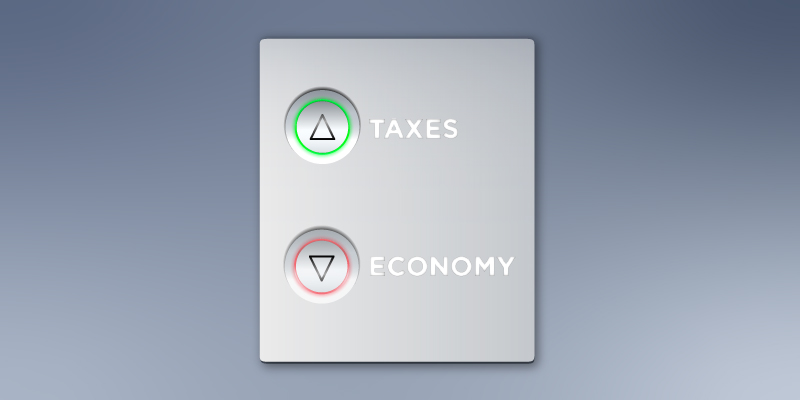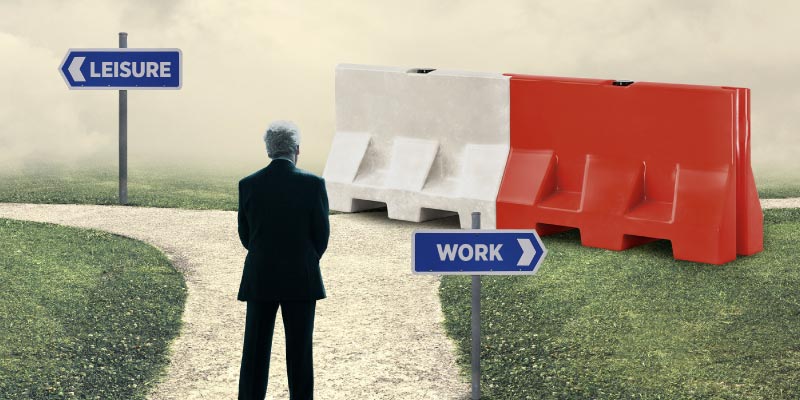 Executive Summary
Executive Summary Read the Full Report
Read the Full Report View the Infographic - Canada
View the Infographic - Canada View the Infographic - Atlantic Canada
View the Infographic - Atlantic Canada View the Figures and Tables - Survey of Mining Companies
View the Figures and Tables - Survey of Mining Companies View the Figures and Tables - Permit Times for Mining Exploration
View the Figures and Tables - Permit Times for Mining Exploration Read the News Release - Canada
Read the News Release - Canada Read the News Release - Atlantic Canada
Read the News Release - Atlantic Canada Read the News Release - International
Read the News Release - International







